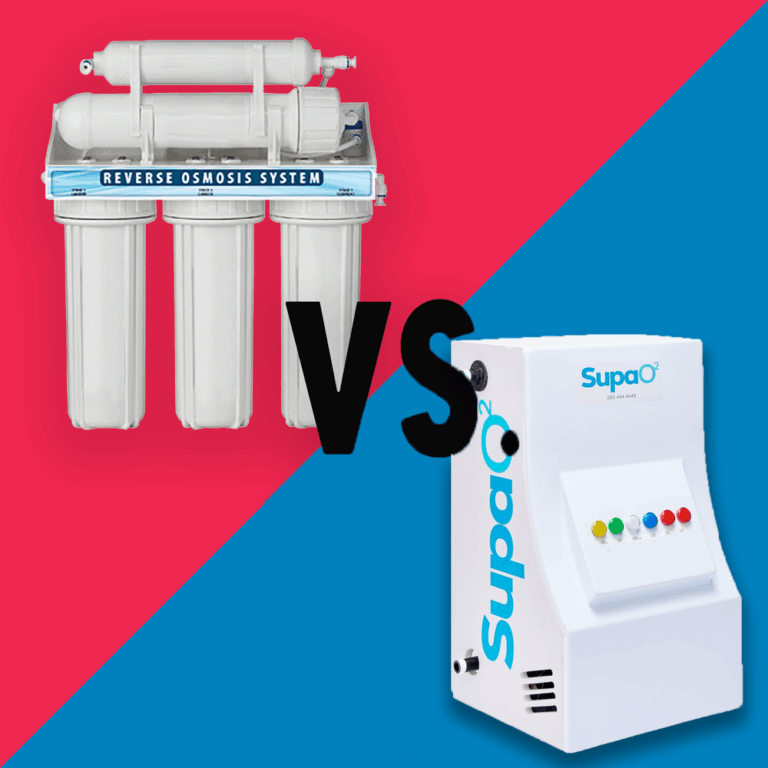
Why Reverse Osmosis Isn’t Always the Answer for Water Purification
Reverse osmosis (RO) has long been seen as the gold standard in water purification, but is it always the right solution? In recent years, farmers, growers, and environmentally conscious consumers have started questioning whether RO is suitable for every use case — especially in agriculture and small-scale operations. Let’s take a closer look.
What Is Reverse Osmosis?
Reverse osmosis works by forcing water through a semi-permeable membrane, filtering out most dissolved solids, bacteria, and impurities. While this method can produce exceptionally clean water, it often comes with a few trade-offs.
The Hidden Downsides of Reverse Osmosis
1. Water Wastage
One of the most criticised aspects of RO systems is their inefficiency. For every litre of purified water produced, an RO system can waste 2–3 litres of water, which is discharged as brine. This is especially problematic in water-scarce regions like much of South Africa.
2. Strips Out Beneficial Minerals
RO removes almost everything — including calcium, magnesium, and other beneficial minerals naturally present in water. These minerals are vital for plant health and human nutrition.
3. Energy Intensive
RO systems typically require high pressure to operate, which means more energy consumption and higher electricity bills — not ideal for farms or homes relying on solar power or generators.
4. Slow Flow and Maintenance
RO systems can have a slow output rate and require regular maintenance to prevent membrane fouling and bacterial build-up, adding ongoing costs and effort.
When Is RO Overkill?
For many users — especially those sourcing water from boreholes, rivers, or rain tanks — RO is more than what’s needed. If the goal is to remove particulates, pathogens, and odours while preserving beneficial content, other methods can do the job more effectively, with less waste.
The Alternative: Smarter Filtration + Oxygenation
Newer purification systems like the SupaO² Purifier use a combination of:
Sediment + Activated Charcoal filtration
Ultra-filtration
Ozone and UV light
Nanobubbles with oxygen-rich gas infusion
These technologies deliver clean, safe, oxygen-enriched water — ideal for growing environments, farms, nurseries, and even households — without the water loss or over-purification issues of RO.
Final Thoughts
RO still has its place, especially in industrial or laboratory contexts. But for daily use on farms or in homes — especially when you want water that supports life, not just removes contaminants — it’s worth considering a more sustainable and plant-friendly solution.
Interested in learning more?
🔗 Discover how SupaO² can replace RO in your operation
External Links:
Anchor Text: World Health Organization report on drinking water quality
URL: https://www.who.int/publications/i/item/9789241549950Anchor Text: Harvard School of Public Health – concerns around RO systems
URL: https://www.hsph.harvard.edu/news/hsph-in-the-news/what-s-in-your-drinking-water/
